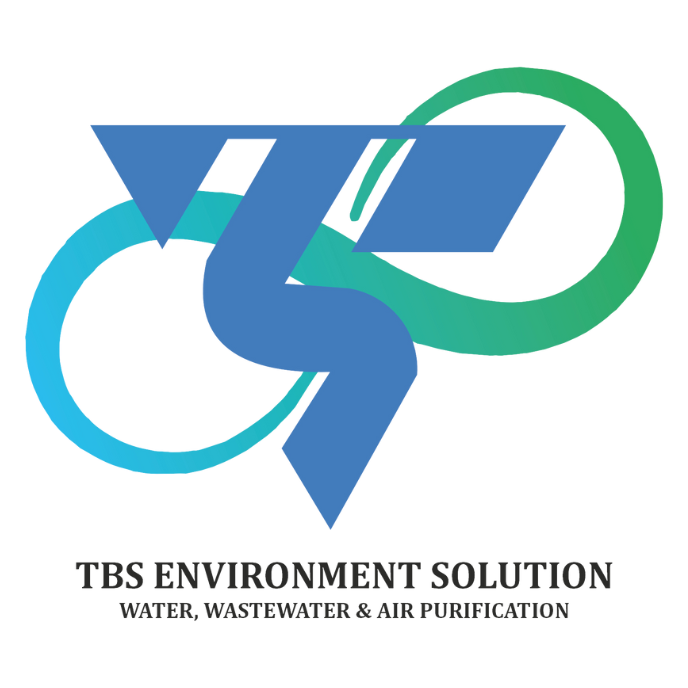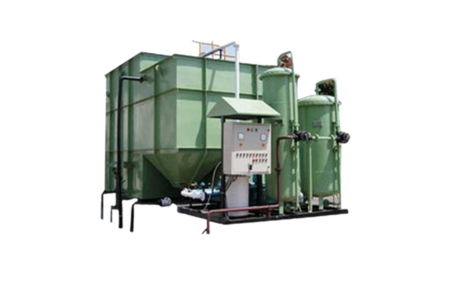(SBR) Sewage Treatment Plant
The Sequencing Batch Reactor (SBR) is a widely used sewage treatment technology that operates on a batch processing principle, treating wastewater efficiently in a single tank. Below are its key benefits and advantages:
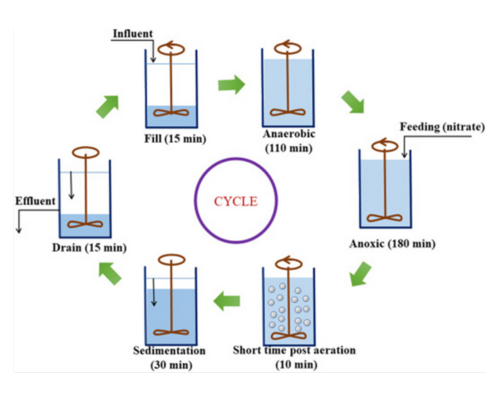
High Treatment Efficiency
- Efficient Biological Treatment: SBR effectively removes organic matter (BOD, COD), nitrogen, and phosphorus through its sequential aeration and settling phases.
- Flexible Treatment Cycles: The system can be programmed to optimize performance for varying wastewater characteristics.
Space-Saving Design
- Single-Tank Process: SBR combines multiple treatment processes (aeration, sedimentation, and clarification) into one tank, minimizing space requirements.
- Compact Footprint: Ideal for areas with limited land availability, such as urban or decentralized settings.
Cost-Effective Operation
- Reduced Infrastructure Needs: Since all processes occur in a single tank, the need for additional clarifiers or sedimentation tanks is eliminated, reducing capital costs.
- Energy Efficiency: Programmable aeration cycles help save energy by running blowers only when needed.
Easy to Operate and Automate
- Automation-Friendly: SBR systems are highly automated, requiring minimal manual intervention. Operators can monitor and control the treatment process using advanced control systems.
- Reduced Labor: Simple operation and automated cycles lower the need for skilled labor.
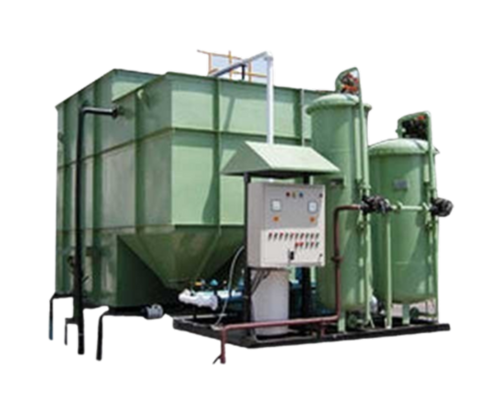
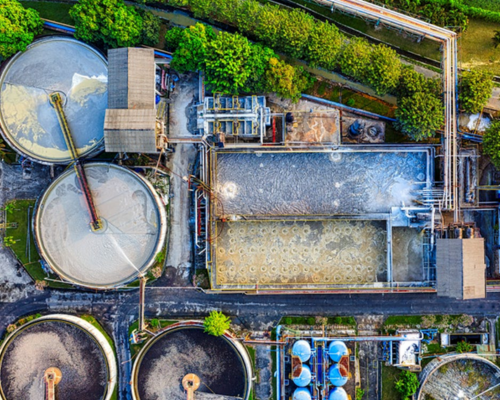
High Process Flexibility
- Handles Variable Loads: SBR plants can adapt to fluctuations in wastewater flow and composition, making them suitable for applications with inconsistent influent loads.
- Customizable: Treatment cycles can be adjusted to meet specific regulatory or environmental requirements.
Improved Effluent Quality
- Crystal-Clear Water: Produces high-quality treated water suitable for reuse in irrigation, industrial processes, or discharge into sensitive ecosystems.
- Efficient Nutrient Removal: Advanced cycles can achieve excellent nitrogen and phosphorus removal.
Low Sludge Production
- Reduced Sludge Handling: The system produces less sludge compared to conventional activated sludge systems.
- Better Sludge Quality: The sludge generated is more stable and easier to dewater.
Environmentally Friendly
- Lower Carbon Footprint: Energy-efficient processes and reduced chemical usage contribute to a more sustainable wastewater treatment solution.
- Supports Water Reuse: Treated effluent can be safely reused, promoting water conservation.
Scalability and Versatility
- Small to Large Applications: SBR plants can be designed for a wide range of capacities, from small residential systems to large municipal or industrial setups.
- Decentralized Treatment: Ideal for remote or rural areas where centralized treatment systems are not feasible.
Easy Installation and Maintenance
- Modular Design: Quick to install and expand based on future requirements.
- Low Maintenance: Few moving parts and automated controls reduce the frequency of maintenance.
Applications of SBR
- Residential: Housing complexes, apartments, and gated communities.
- Industrial: Food and beverage, textiles, pharmaceuticals, etc.
- Municipal: City sewage treatment plants.
- Decentralized Systems: Remote or off-grid areas.
